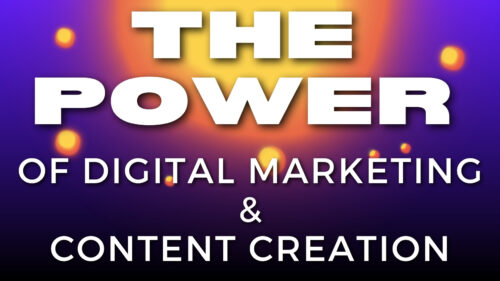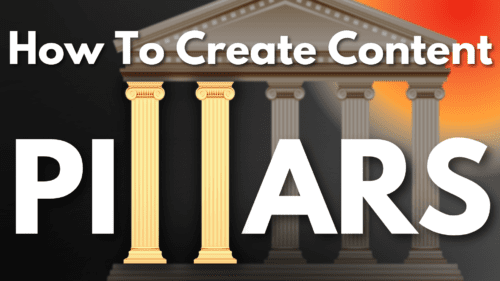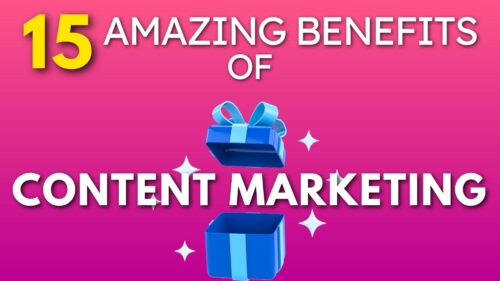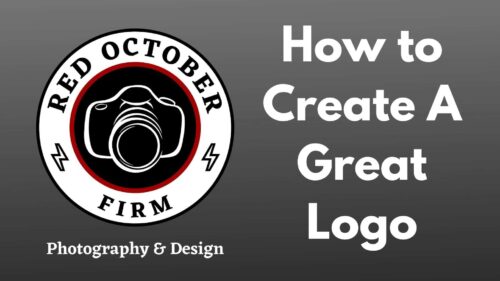7 Best Types of Content Pillar Posts
The world of content marketing can be overwhelming.
With all the various strategies, types of content, and platforms out there, it’s hard to know where to begin.
That’s where content pillar posts come into play.
With content pillar posts you’ll never have to worry about where to start, because they provide a framework for creating long-term content plans.
And in this blog post, we’ll show you how to get started with 7 different content pillar post examples.
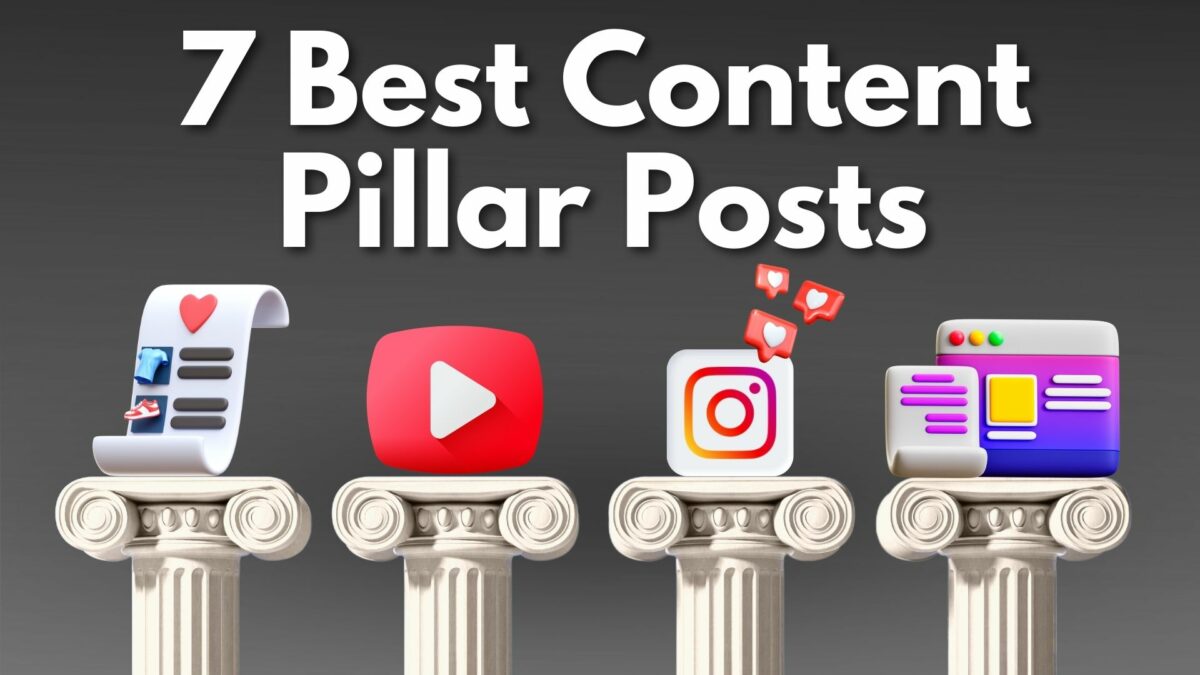
What Are Content Pillar Posts?
Content pillar posts are the foundation of any content marketing strategy.
They are long-form, high-quality pieces of content that provide in-depth coverage of a particular topic and serve as an authoritative resource for your audience.
Here are 7 common types of content pillar posts, the benefits of each one, and the best way to incorporate them in your content marketing strategy.
1. How-to Posts
How-to posts are content pillars that provide step-by-step instructions for completing a task or process.

They’re popular because they provide an opportunity to expand on individual steps and can be easily shared across social media platforms.
How-to posts are ideal for advertising products or services because they allow you to showcase them throughout the content.
They work well if your audience wants step-by-step instructions on how to achieve a specific result, making them an ideal content pillar template for increasing sales and engagement with your audience.
2. Case Studies
A case study is an in-depth look at how a company or individual has solved a specific problem or met a particular goal.
It typically includes detailed information about the problem, the solution, and the results achieved.
I often use case studies as part of content pillars to provide real-world examples of how to implement solutions to common business problems.
Example: A Case Study About Blenders
Let’s consider the case of a smoothie shop in California that uses a particular brand of blenders to make delicious smoothies and milkshakes.
The Shop Owner Could Make a Video About:
- The pros and cons of each one
- The unique features of each one
- Their preference and why
- The quality of one blender brand versus another
- Which blender helps save your time and money
This would be an example of how case study content can help other food industry businesses determine what brand of blenders they should use for themselves.
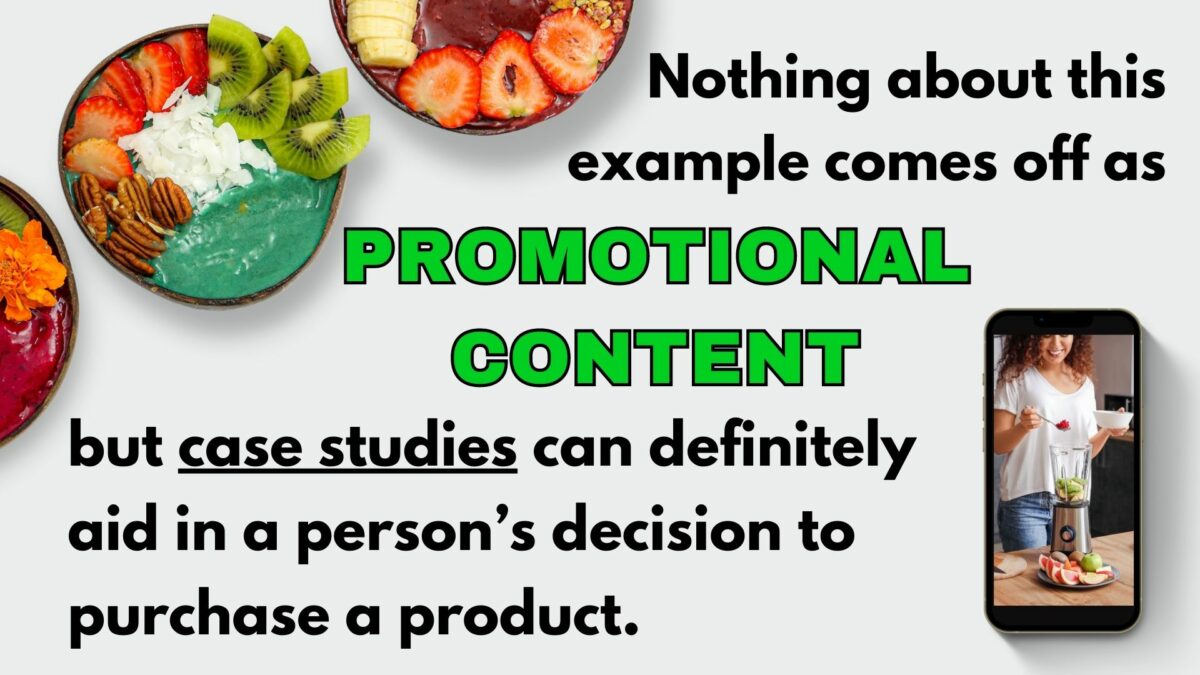
By sharing stories like this with your audience, you’ll build trust with them.
You’re actively showing them your experience and area(s) of expertise by displaying good judgment.
3. List Posts (Listicles)
The characteristics of a list post include:
- A Quick Introduction
- A Numbered or Bullet Point List Format
These are great short-form pieces of content because they provide the audience with a “quick win” or a solution people can walk away with.
List posts should never be too wordy, like a long-form blog post or long YouTube video. People click on this type of content normally to find something in a short amount of time.
This is a very popular content style on Twitter and Pinterest because it makes the solutions to people’s problems seem very easy and simplified.
This is also a great way to provide lists of ideas for your audience as well.
The benefits of this type of content pillar post is you’re saving people time by:
- Problem Solving
- Finding Inspiration
- Brainstorming Ideas
4. Word-Of-Mouth Posts
Word-of-mouth content are pillar posts that encourage customers to share their positive experiences with a product or service.
These types of posts can take the form of product reviews, sponsored posts, or testimonials.
They’re intended to build trust and credibility by providing third party insights into a company’s products or services.
Word-of-mouth posts are common among social media influencers and content creators who are in affiliate programs.
When done correctly, the person can effectively send their audience to their affiliate links or take a specific action based on their sponsored posts.
5. Infographics
An infographic is a visual representation of data, information, or ideas.
Infographics typically use charts, graphs, and other visual elements to present information.
They can range from simple to being very complex with the design and often contain detailed information on specific topics or subjects.
The goal of an infographic is to make complex topics easier to understand for readers by using visuals that highlight key points quickly.
Instagram Carousels are a great way to share infographic content.
Users can scroll through multiple pieces of an infographic in one post, which is considered an interactive piece of content.
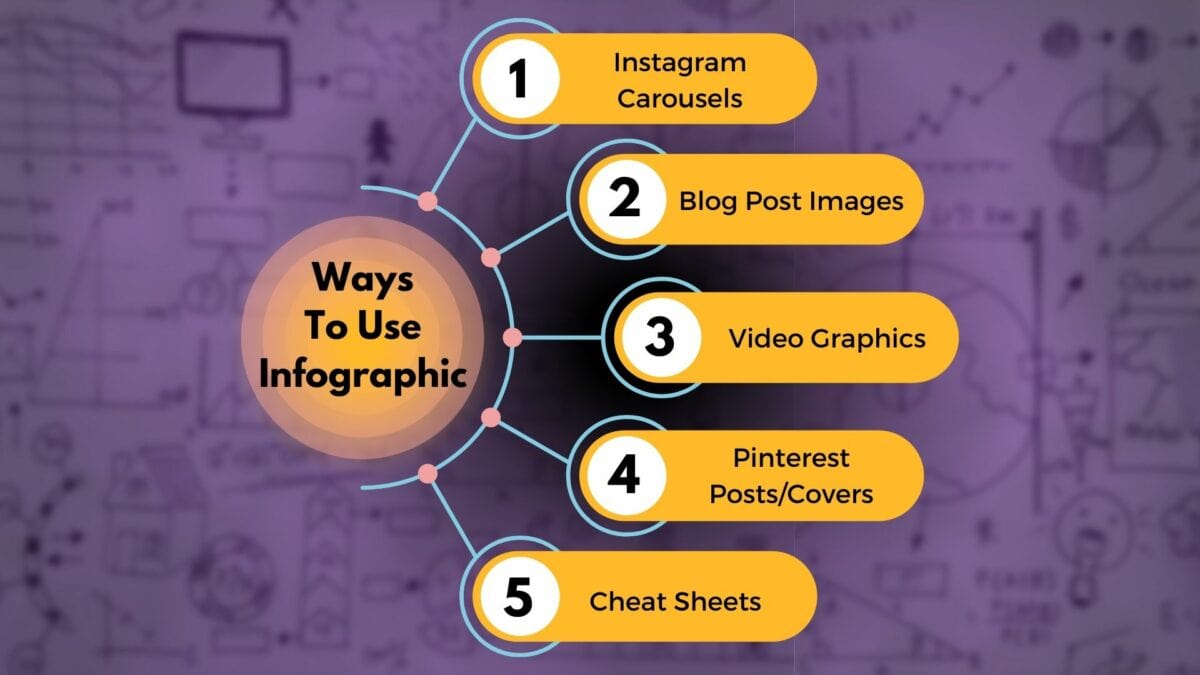
6. Videos
The algorithms for social media platforms seem to fluctuate and change a lot more frequently these days.
Currently, the trend is short-form vertical videos.
But people have been picking up on algorithms favoring long-form videos again.
The best thing to do is to incorporate both short and long-form videos, so your content varies.
No matter which form of video content you decide to create, it should include these characteristics:
- A hook or something that grabs your audience’s attention within the first 3 seconds
- Clear message that’s easy to understand and doesn’t veer off topic too often
- A variety of visuals such as captions, pop-up graphics, and illustrations to help explain concepts more easily and keep them engaged
- Provides a quick win or solution people can walk away with afterwards
7. Blog Posts
Blog Posts Are Top-Tier Pieces of Content For:
- SEO (Search Engine Optimization)
- Evergreen Content
- Keyword Dominance
- Establishing Authority
If your goal is to drive more traffic to your website, you could:
- Write long-form blog posts
- Write evergreen content (content that’s never outdated or irrelevant)
- Use keywords you want people to find you with
- Write high-quality content with as little fluff as possible
The more blog posts you write with these factors, the more recognition you as an authority within your industry will gain.
And when search engines recognize you as an expert and your content as high-quality, the more they’ll push your content.
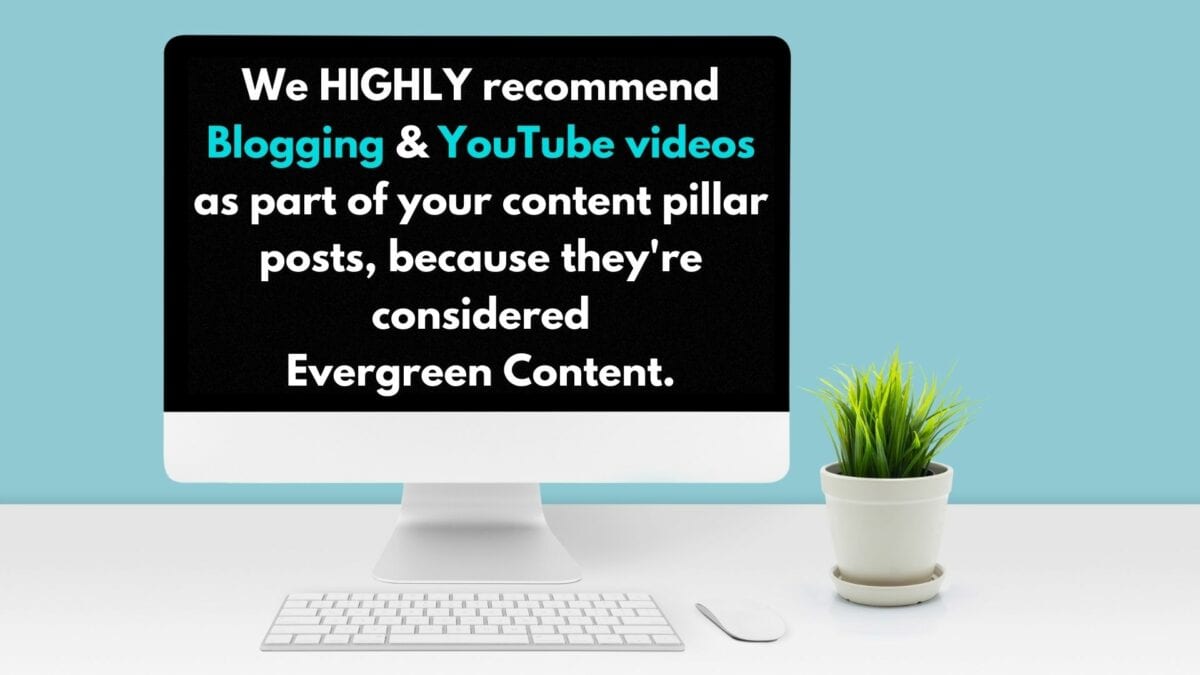
How Do I Decide What My Pillar Topics Should Be?
There are 5 categories your content could fall under:
- Education
- Inspiration
- Promotion
- Entertainment
- Culture/Community
The first step would be to choose 1-3 of these categories you’d want to make as your content.
Once you have your category or categories, your content pillar posts would be 3-5 types of pillar posts like the ones I’ve shown you above.
And keep in mind there are more types of content out there. We’ve just discussed the BEST types of content pillar posts.
Keeping a limit of 3-5 types of content pillar posts is the best for your content strategy because it provides familiarity for your audience.
They know what to expect when you pop up on their feed and they see you as an authority and expert.
So… Where Do I Start?
Content pillar posts are a great way to make your content creation process more strategic.
BUT…
That’s only part of the process in creating quality content.
You can use our eBook “CONTENT DONE RIGHT” to learn how to:
- Get Clear On Your Content Strategy
- Choose The Best Type of Content
- Make Content With Intention
- Make Content That SELLS
Without wasting time hoping and guessing what works.
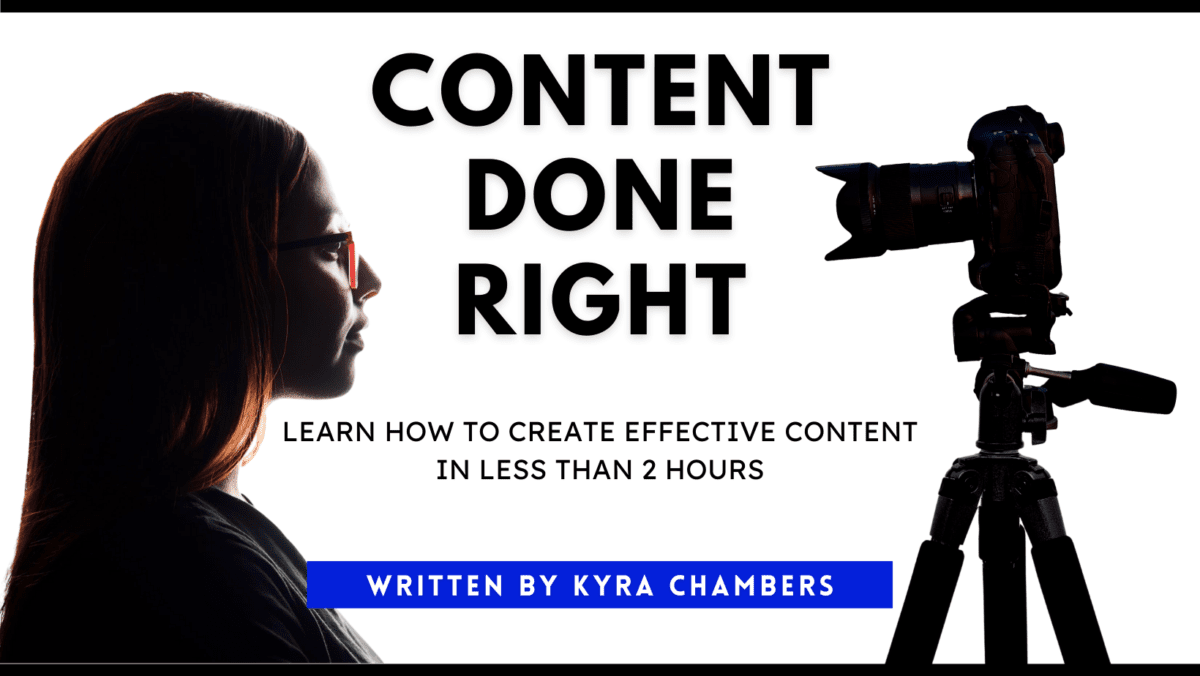
Get it now and see for yourself!


